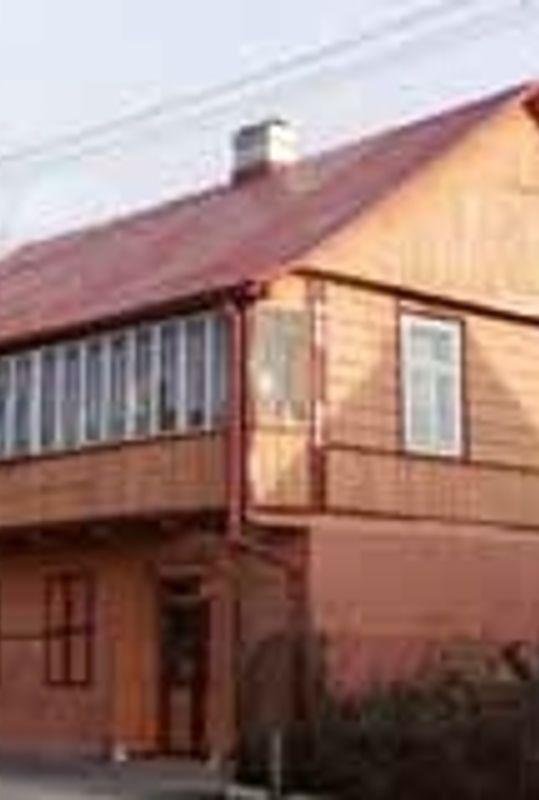Probably in 1360.Luke of Gorka built a defensive castle, around which the settlement of Wysokie developed.In 1368. By virtue of a privilege from King Casimir the Great, Wysokie was granted city rights. In 1505 and 1530, Wysokie was burned by the Tartars.In the 16th century. crafts developed in the town, there was a brewery with a malt house and a mill.In the 16th and 17th centuries. Was the center of the Reformation. In the mid-17th century. and in the early 18th century. They were completely destroyed by Swedish troops.In 1832. Ruined and depopulated Wysokie lost its municipal rights. In 1868. was incorporated into the Zamoyski Ordynacja.In the second half of the 19th century. tanneries and distilleries were established, which contributed to the economic and demographic development of the settlement. By the end of the century there was a parish church, a synagogue, a district municipal court, an elementary school and a community office, in 1909. while the fire department was established. Jews in High - Until 1918. - The earliest source information confirming Jewish settlement in Wysokie dates back to 1536. In the first half of the 18th century. There were several dozen Jews living here, making their living mainly from trade and leasing inns. Seeking to limit the economic dominance of Jews, Christian merchants obtained for the city the privilege De non tolerandis Judaeis, which, however, was not strictly observed. In 1832. The owner of the estate - Ludwik Jablonowski - handed Wysokie over to his son Karol, who leased it to the Jew Majer Wolf Feuerstein, which contributed to the intensification of Jewish settlement in the settlement. In the 19th century. There were several dozen Jews living in Wysokie, making a living mainly from petty trade and crafts.There was a private beit ha-midrash. During World War I, among other things. As a result of the deterioration of economic conditions, the number of Jews in the settlement decreased significantly.Interwar period - Jewish political parties and organizations were active in Wysokie, including the following. founded in 1919. a branch of the Zionist Organization. In the late 1930s, as the economic crisis progressed and anti-Semitic sentiment grew, there was a boycottof Jewish stores and workshops.Holocaust - In the spring of 1942. The Nazis set up a labor camp in Wysokie. Soon about 200 Jews from Turobin and nearby villages arrived there. In the fall of 1942. The camp was liquidated, and the Jews who stayed there were sent to the Izbica ghetto, then to the Belzec death camp.
1. Wysokie - Centrum miejscowości
Stories
Wysokie - Center of the village
Jewish History Tours

Powered by Clio Muse Tours
Powered by Clio Muse Tours
